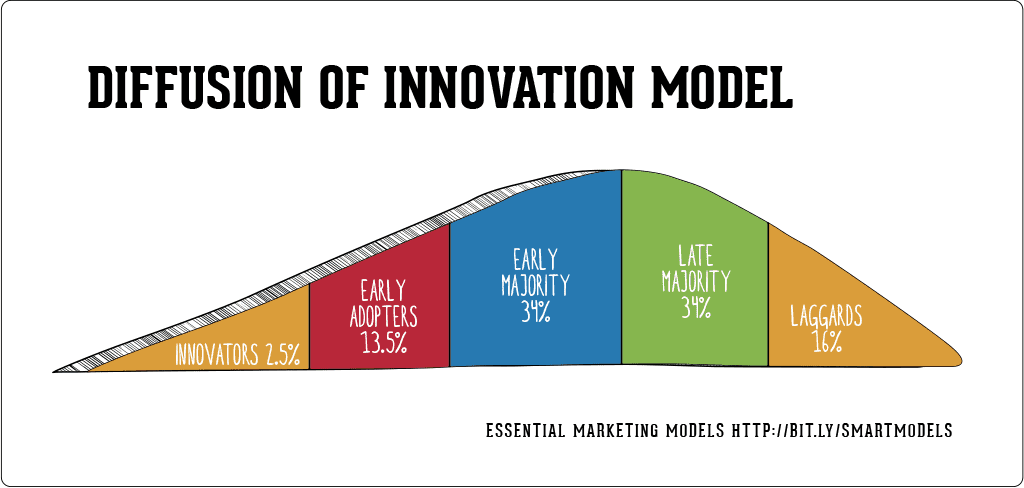The Diffusion of Innovation Theory is a theory that looks and tries to explain why and how new technologies spread. The theory was created by a communication studies professor named Everett Rogers. Rogers made this theory popular is his book called the Diffusion of Innovations. In the book, he talks about how diffusion is the process by which innovation is communication over time among the participants in a social system. According to Rogers, the innovation itself, adopters, communication routes, time, and social structure are the five primary factors that affect how quickly a new concept spreads. Social capital is crucial to this process. To maintain itself, the innovation needs to be extensively used. There is a point where an innovation hits critical mass within the rate of adoption.
Let's now examine innovation using the Diffusion of Innovation Theory as our guide. The innovation I wanted to talk about is the television. The first concept of television was founded in 1927, by Philo Farnsworth. Farnsworth's idea was found when he thought of a program where he could capture moving images in a form that could be coded onto radio waves and then transformed back into a picture on a screen. A couple months, later Farnsworth created the first official image onto a television, which was just a straight white line. He was an "innovator", and other innovators were people who were people who worked with Farnsworth, like John Logie Baird and Charles Francis Jenkins.
The next people who come along are the "early adopters". These early adopters are most likely the people who could afford them to try out back in the mid 1940s. Most of the televisions were on the eastern coast of the United States, with there being about 350,000 of them in total. By the end of the 1940s though is when the group known as the "early majority" comes in. By then, television in the United States was starting to gain popularity very quickly. You could also argue that the early majority could be when television was in its "Golden Age" back in the 1950s.After this would be the people in the "late majority" category. These would be counted as people who maybe didn't trust the television at first, and waited a few years before deciding to buy one. After this are the laggers. The laggers are the people who are the most difficult to convince to adopt new ideas or technologies; they are frequently most resistant to change. These people didn't want to change from for example the radio, and even if they do own a television, they don't use it very frequently.



No comments:
Post a Comment